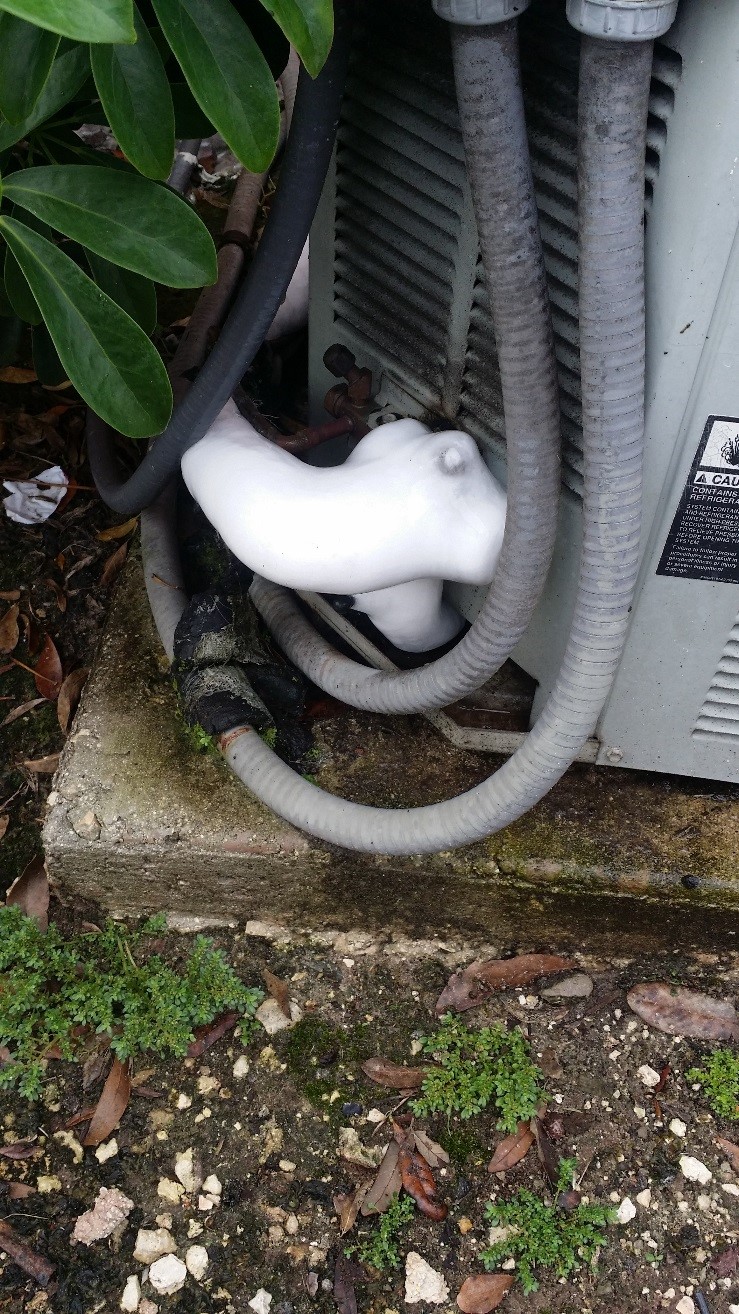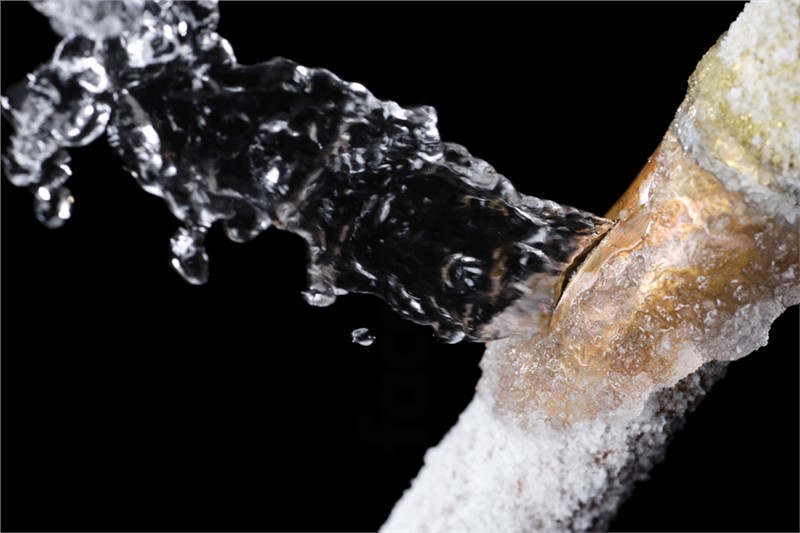Identifying a Frozen AC Pipe - Effective Solutions for Home Air Conditioning Systems
DetailsPresented here in the next paragraph you can find some good ideas with regards to Air Conditioner Frozen? How To Fix your Frozen AC Line.

Introduction
Discovering that your air conditioning pipe is frozen can be concerning, especially during warm summertime when you rely upon your air conditioning unit the most. Recognizing what to do in such a scenario is vital to avoid further damage to your air conditioning system and ensure your comfort inside.
Understanding the Causes
A number of factors can add to the cold of an air conditioning pipeline. Understanding these reasons can help you address the concern successfully.
Lack of Airflow
One usual reason for a frozen a/c pipe is inadequate air movement. When the airflow over the evaporator coil is limited, it can cause the coil to go down below freezing temperature level, resulting in ice development on the pipe.
Reduced Refrigerant Levels
Not enough refrigerant degrees in your AC system can also lead to an icy pipeline. Low cooling agent levels can cause the pressure in the system to drop, causing the cold of dampness on the evaporator coil.
Winter Conditions
In cooler climates, freezing temperatures outside can contribute to the freezing of AC pipes. If your AC unit is not properly insulated or if there are leaks in the ductwork, cool air can infiltrate the system, causing the pipeline to ice up.
Dirty Air Filters
Filthy or stopped up air filters can restrict airflow in your AC system, bring about numerous problems, including an icy pipeline. It's necessary to change or cleanse your air filters regularly to make certain appropriate airflow and protect against ice accumulation.
Indicators of a Frozen A/c Pipe
Recognizing the indications of a frozen a/c pipe is vital for timely activity.
Reduced Airflow
If you discover a substantial decrease in airflow from your vents, it might show a frozen pipe.
Ice Buildup on the Pipe
Noticeable ice build-up on the refrigerant line or the evaporator coil is a clear indication of a frozen a/c pipeline.
Weird Sounds from the Unit
Uncommon sounds, such as hissing or bubbling, coming from your air conditioning system can indicate that there's ice present on the pipe.
Immediate Actions to Take
When faced with a frozen air conditioning pipe, it's necessary to act rapidly to prevent further damages to your air conditioning system.
Switching off the a/c
The primary step is to shut off your air conditioning system to avoid the system from running and intensifying the concern.
Looking for Blockages
Examine the location around the indoor unit for any kind of blockages that might be blocking air movement, such as furniture or curtains.
Defrosting the Pipe
You can use mild techniques like positioning towels soaked in warm water around the icy pipeline to assist thaw it slowly.
Safety nets
Taking preventive measures can aid prevent future events of a frozen air conditioner pipe.
Routine Maintenance Checks
Schedule routine upkeep consult a specialist HVAC technician to guarantee that your air conditioner system is running efficiently.
Altering Air Filters
Consistently replace or cleanse your air filters to prevent air flow constraints and maintain ideal efficiency.
Shielding Exposed Pipes
If your AC pipes are revealed to cool temperatures, think about insulating them to prevent cold throughout cold weather.
Looking For Professional Help
If DIY approaches fall short to solve the concern or if you're not sure regarding how to proceed, it's ideal to look for support from a qualified HVAC technician.
When DIY Methods Fail
If your efforts to thaw the pipeline or address other concerns are not successful, it's time to contact a professional.
Relevance of Hiring a Professional HVAC Technician
A licensed HVAC technician has the expertise and devices necessary to detect and repair concerns with your air conditioning system securely and successfully.
Conclusion
Taking care of an icy air conditioning pipeline can be an aggravating experience, however knowing how to react can aid minimize damage and bring back convenience to your home. By understanding the causes, acknowledging the indicators, and taking punctual activity, you can effectively deal with the problem and stop future events.
What to Do If Your AC Line Is Frozen
Make Sure All Supply and Return Air Vents Are Open
If you notice problems with airflow, the first thing you should do is check your supply and return vents. Supply vents distribute clean, conditioned air throughout your home. As this air becomes stale, it’s pulled into the return vent, where it’s reconditioned before being sent back out through the supply vent.
When these vents are closed, air won’t flow in the home. Before examining your AC, check the vents in every room and ensure they’re all open.
Check for a Dirty Air Filter
Another possible cause of limited airflow is a dirty air filter. Your air conditioner’s filters catch elements you don’t want to breathe in, such as dirt and dust. Over time, filters can become clogged, ultimately blocking air from flowing in and out. The lack of airflow can then cause the entire coil to freeze and will completely restrict any air from moving through it. The AC may need to be powered off for one to two days to allow the coil to thaw after replacing the filter to allow proper functioning of the unit. This debris can also accumulate on your AC’s evaporator coil, requiring a more serious repair. In general, air filters should be cleaned regularly (about every two weeks).
Assess Your Outdoor Unit
In addition to checking your AC, assessing the outdoor unit is a good idea. Also known as the condensing unit, it works with your interior unit to release heat outside. An issue with the outdoor unit can result in rising internal temperatures.
Overgrown Shrubs or Clogged Leaves
From leaves and twigs to shrubs and debris, there’s no shortage of outdoor elements that can accumulate around your condensing unit. When these elements get lodged inside the unit, they can block airflow. Fortunately, removing the blockage can solve the problem.
Sounds of a Broken Fan
Shrubs and leaves aren’t the only things that can impede your outdoor unit’s airflow. If the fan is broken, the unit won’t be able to properly get rid of heat — which means the internal temperature won’t go down. First, make sure the fan is spinning. If it is, check for the following sounds of a broken fan:
Buzzing Rattling Screeching Hissing Clicking Preventative Measures
Nobody wants to deal with a frozen AC line. In addition to causing problems with your air conditioner, they require professional repairs. On the bright side, there are preventative measures you can take to help ensure this issue doesn’t arise in the first place.
https://www.coopergreenteam.com/blog/what-to-do-if-ac-line-frozen

We had been shown that editorial on What Do I Do If My AC Pipe Is Frozen from an acquaintance on another domain. So long as you enjoyed our blog post please do not forget to share it. Many thanks for going through it.
Visit Page